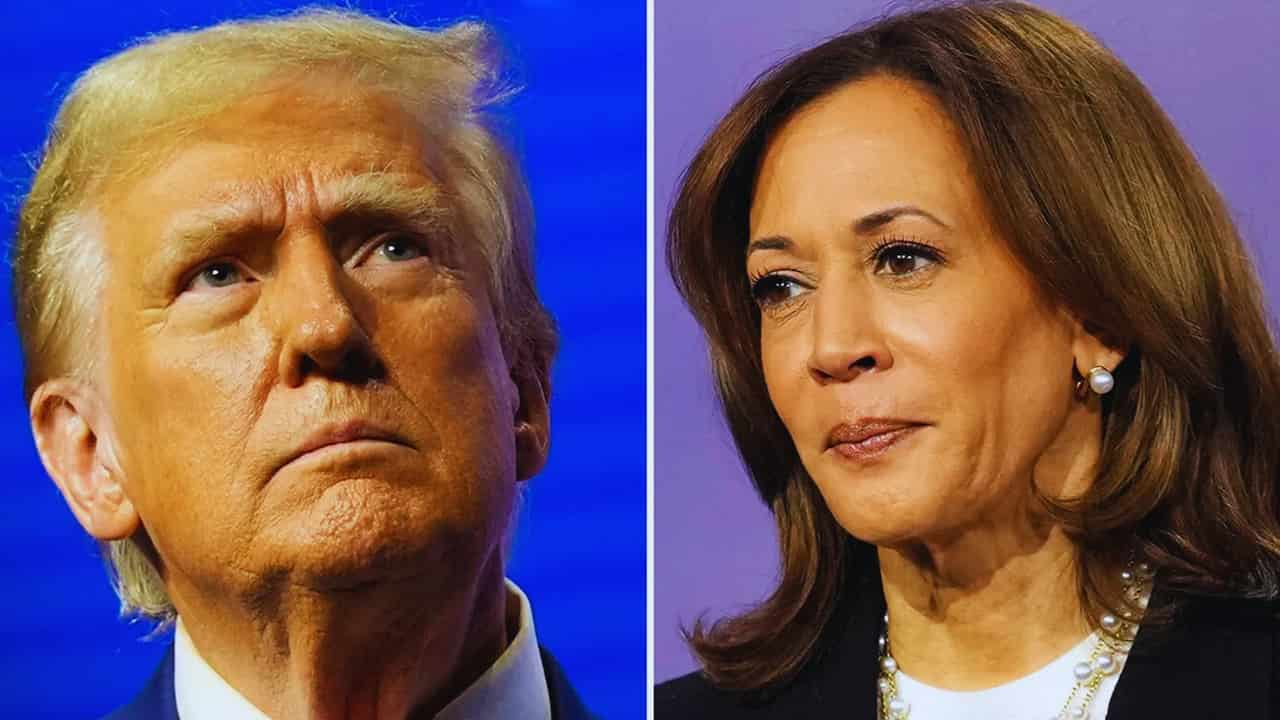2024 Election Early Voting Surge: What the Numbers Tell Us About America’s Political Pulse
As a political reporter covering the 2024 presidential race, I’m witnessing an unprecedented shift in American voting patterns that could reshape our understanding of electoral behavior.
Early voting data from across the nation shows striking changes in how Americans are casting their ballots. The most notable shift is happening among Republican voters, who are embracing mail-in and early voting at rates we haven’t seen before—a dramatic departure from their traditional Election Day voting preference.
Key swing states are telling an interesting story. In Arizona, Nevada, and North Carolina, Republican voters are leading in early ballot submissions. Meanwhile, Democratic voters maintain their early voting advantage in Pennsylvania. For battleground states like Georgia, Michigan, and Wisconsin, we don’t yet have party breakdown data.
The situation in Nevada is particularly eye-catching. For the first time since at least 2008, Republicans are outpacing Democrats in early voting returns. Jon Ralston, a respected Nevada politics expert, suggests this could spell “serious danger” for Democratic candidates in the state.
What’s driving this shift? The answer lies partly in changing Republican leadership messaging. While former President Trump previously criticized mail-in voting, his campaign has now launched the “Swamp the Vote” initiative alongside the Republican National Committee. This effort aims to boost Republican turnout through early and mail-in voting methods.
Ken Miller, a political science professor at UNLV, puts it plainly: “We’ve returned to a normal where voters are much more accustomed to voting early.” But he cautions against reading too much into these numbers, describing them as “murky snapshots” of the electoral landscape.
The enthusiasm question remains central to understanding these trends. John Couvillon, a polling analyst tracking early voting, points to concerning signs for Democrats. He notes their decrease in mail-in voting isn’t being offset by increases in early in-person voting, possibly indicating an enthusiasm gap.
But Scott Tranter from Decision Desk HQ offers a balanced perspective: “It’s fair to make some observations, but it’s too early to make conclusions.” He notes that both parties show signs of strength—Republicans with new early voters and Democrats with improved performance among white voters.
Looking at the bigger picture, we’re seeing about 60% of Biden voters and 30% of Trump voters used early or mail-in voting in 2020, according to Pew Research Center. While these numbers were influenced by the COVID-19 pandemic, they set a baseline for understanding current trends.
What does this mean for Election Day? Experts warn against making firm predictions. Karl Rove recently emphasized on Fox News that comparing current numbers to 2020 is problematic due to the pandemic’s unique impact on voting behavior that year.
As we approach Election Day, one thing is clear: The way Americans vote is evolving. Whether these early voting patterns signal a permanent shift in voting behavior or merely reflect temporary strategic changes by political parties remains to be seen. What we do know is that every vote counts, regardless of when or how it’s cast.
For up-to-the-minute election coverage and detailed analysis of voting trends in your state, keep following our election coverage. The final chapter of this story will be written by the American people in the coming days.
